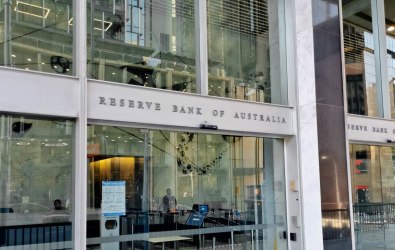The Australian Institute of Superannuation Trustees (AIST) has raised questions over whether the MySuper legislation will provide benefits to members as it quickly develops into a more complex system than initially anticipated.
"Stronger Super, as with every superannuation change over the last 20 years, was about bringing about simpler super and that won't be the case," AIST project director David Haynes said.
Haynes, who is a member of the Stronger Super Superstream working group, said the core objective of MySuper was introducing simplicity, efficiency and comparability, and so it was all about disclosure in common terms that enabled members to compare fund A with fund B, C or D.
"The problem that we've got is that with the government's concessions in relation to MySuper there will be a whole range of outcomes that might be possible, not just in relation to investments and administration, but also in relation to insurance," he said.
"The bottom line with all of this is that there will be more variety and a greater number of MySuper products available than was originally thought. This will make comparison more difficult."
Although AIST supports many of the proposals of Stronger Super, Haynes openly questioned whether the MySuper legislation was heading in the right direction.
"There will be a whole lot of activity of putting a MySuper product in place, but to a very large extent it will be formalising the existing arrangements that we have and I'm not sure that is necessarily a good thing," he said.
"We are strong supporters of Stronger Super in relation to SuperStream and other areas that there are enormous benefits in savings to individuals, but we are probably less convinced about that in relation to MySuper."
Haynes made the comments yesterday at the AIST Superannuation Insurance Symposium in Sydney.
He said he had reservations over how the MySuper legislation would affect insurance products, including own occupation total and permanent disability insurance, which the government has proposed to ban in super funds.
He also questioned funds' ability to provide adequate disclosure on product changes under the new short form product disclosure statement (PDS) requirements.
"The MySuper regime will be more complicated than the existing arrangements, and with that complication comes all sorts of issues about members' understanding and about how they are placed in relation to their superannuation and their insurance and that is compounded by what is happening at the moment in short form PDSs," he said.
"If the challenge is about making sure that people understand the insurance that is on offer, both as the default offering and the insurance that is available, that is going to become that much harder."
The short form PDS would make it almost inevitable to provide links to other disclosure documents and Haynes argued that it was unlikely members would read all of those documents.
"We know that we have enough trouble now with people reading PDSs, let alone getting people to go to another document that might be available online that might be 65 pages in length," he said.
"We think that is going to provide real problems and will provide liability issues for funds."





